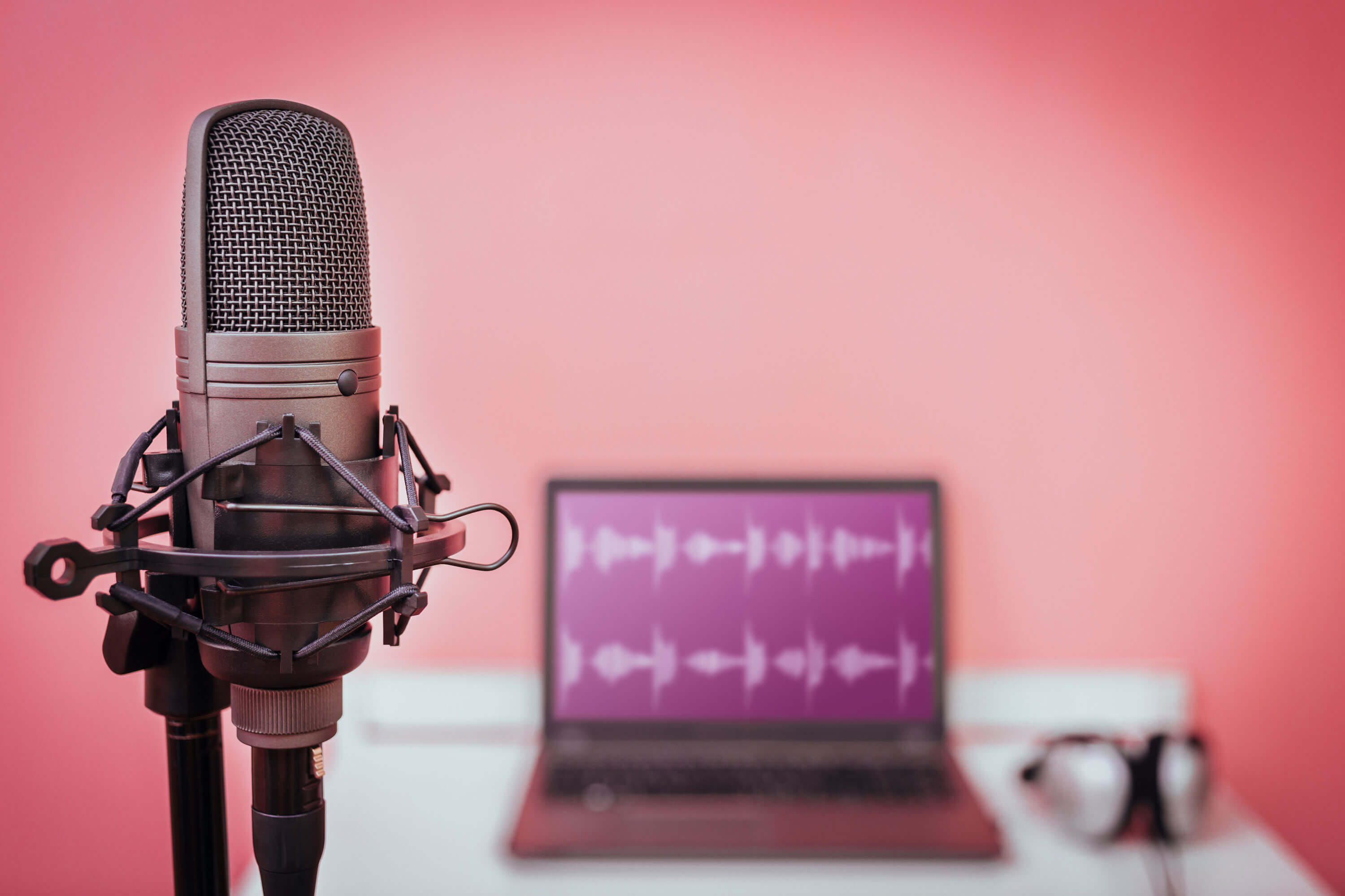
Explain This
How can I start podcasting quickly and cheaply?
For thousands of years, humans have used storytelling as a way to entertain and educate the next generation about cultural values, morals, and history. So it’s no surprise that podcasting, or the uploading of a series of digital audio files to the internet for storytelling and listening purposes, has become such a successful medium.
“It’s growing exponentially at this point,” says Eric Reisher, professor and director of broadcast engineering. (According to a recent story published by Fast Company, the number of podcasts downloaded on iTunes has jumped from 7 billion in 2014 to 50 billion in 2018.)
Reisher says creating your own podcast is easier today than ever before, and virtually anyone can get started with a few simple steps. To start, pick a topic that you are passionate about and knowledgeable in, he suggests. “If you have to do a week’s worth of preparation to do a podcast, maybe that’s not the right topic for you,” he says.
Once you’ve picked your topic—the more niche, the better— it’s important to learn to market yourself. Reisher suggests creating a brand name, logo, and social accounts that can be used to promote your content.
Next, invest in simple, low-cost technology. Reisher says it’s not necessary to sound-proof a room in your home or office as long as you have a relatively quiet space in which to record. Provided you have a decent computer, it’s possible to get started for under $200. Purchase a microphone for between $50 to $100, grab a set of headphones, and download Audacity, an easy-to-use free-ware audio editing program where you can record and edit sound clips. Mac users can also use GarageBand.
When recording, Reisher says, stay focused and don’t ramble off topic with guests or co-hosts. Once recorded, edit your podcast via Audacity or GarageBand and upload it via Libsyn, a podcast hosting and publishing service. Libsyn, which has plans starting as low as $5 per month, is easy to use, automatically imprints to iTunes, and sets up your RSS feed. He suggests keeping the finished product to less than an hour—25 to 30 minutes is the sweet spot when growing a following.
Besides posting content on a consistent basis, Reisher says it’s important to continually market yourself—whether it’s by sharing new content via social accounts or by offering merchandise like t-shirts or mugs with your brand name and logo on them.
“Podcasting is a lot of fun in that you can really build yourself,” he says. “You’re not just a broadcaster, you’re a marketer, a merchandiser, a designer.”